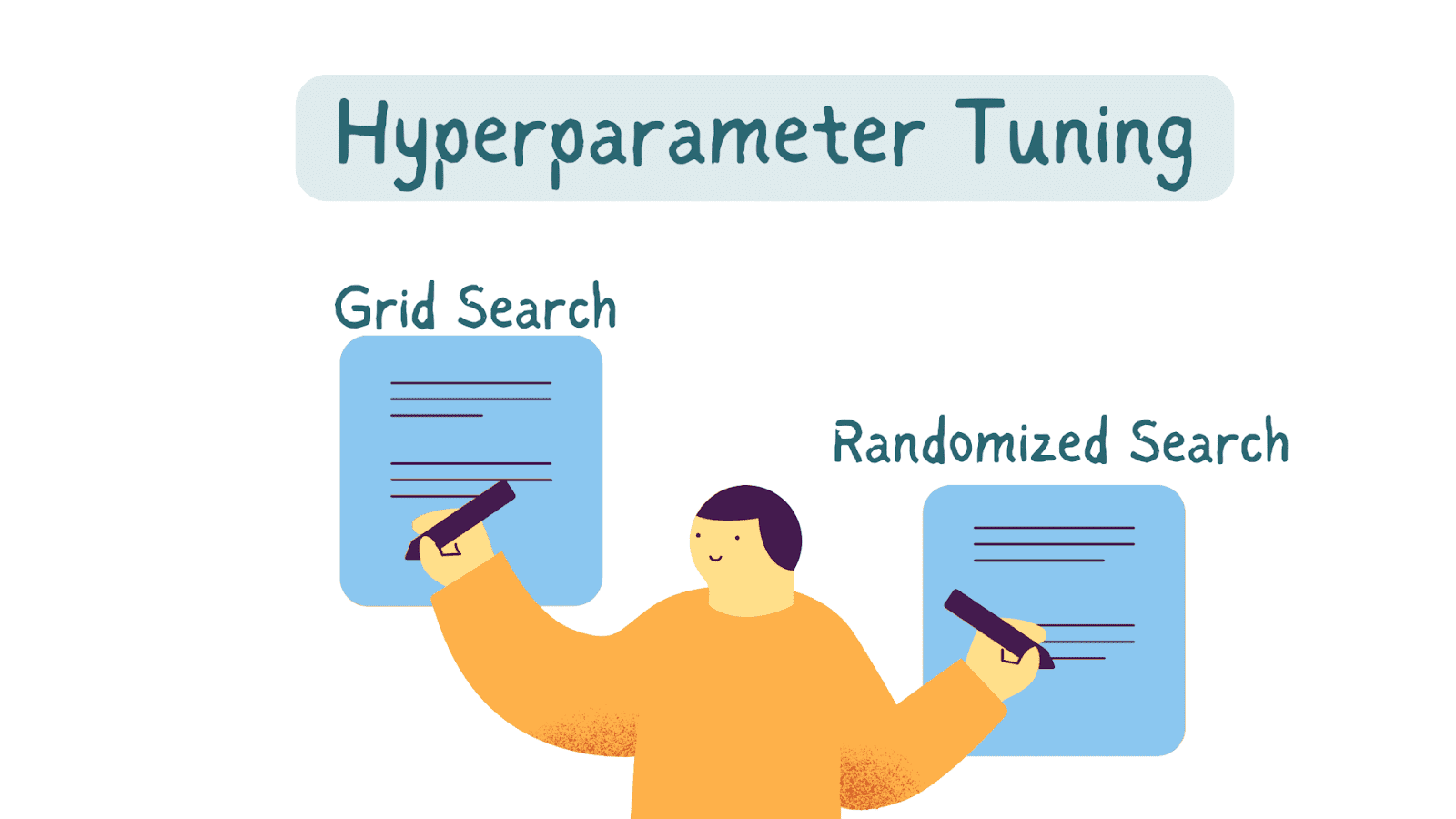Throughout history, design trends have come and gone. From minimalist Swiss Style in the 1950s and 1960s to groovy design in the 1970s, design trends have constantly evolved. In the 1980s, the digital revolution brought about a futuristic cyberpunk aesthetic. And in the early 21st century, flat design emerged as a popular trend in digital design.
In this article, we will explore the history of flat design, its key components, the benefits and drawbacks of this design trend, and its relevance in today’s design world. We will also discuss whether it’s time for a new design trend to take over.
Before flat design gained popularity, skeuomorphism was the prevailing design style. Skeuomorphism used familiar objects to introduce users to new concepts. It relied on 3D design to create realistic visuals but eventually became cluttered and outdated. With the rise of mobile devices and the need for responsive and fast-loading apps, skeuomorphism was no longer optimized for these requirements.
In 2013, Apple introduced iOS 7, which adopted a flat design look. This design style featured minimalistic elements, removed 3D elements like textures and shadows, and used solid, bright colors. Flat design also emphasized bold sans-serif typography for readability and scalability on smaller screens. Geometric shapes and simple illustrations were used to introduce balance and simplicity in digital interfaces. The adoption of flat design by tech giants like Apple and Microsoft led to its widespread use in designs today.
Flat design offers several benefits in terms of usability. It simplifies interfaces, incorporates design principles like minimalism and visual hierarchy, and makes user interfaces easier to navigate and understand. By removing visual noise, users can quickly comprehend designs and become familiar with common design patterns.
However, flat design also has its drawbacks. Critics argue that it can be boring and lacks creativity and uniqueness. Many brand redesigns in the flat design aesthetic have been criticized for removing distinctive characteristics, making logos and icons look generic. This can lead to a lack of brand recognition, especially for new brands.
To address the limitations of flat design, designers have evolved the trend into semi-flat design, also known as flat design 2.0. Semi-flat design combines flat design with skeuomorphic characteristics like drop shadows, gradients, and animations. This brings back visual interest and depth while maintaining the minimalistic look of flat design.
Both flat design and semi-flat design have their use cases. Flat design is effective for simple and intuitive interfaces, while semi-flat design is suitable for contexts where realism or complexity helps to convey details or create engaging visuals.
Flat design continues to be relevant today and has influenced the look and feel of modern applications and websites. It has also set standards for responsive web design, emphasizing usability and readability on all screen sizes. However, like all design trends, the industry will continue to evolve as user needs and technology change. Other design trends like glassmorphism and neubrutalism are gaining popularity, but flat design remains an effective approach for certain use cases.
Ultimately, the choice of using flat design or exploring other design trends depends on the specific needs and goals of a project. Incorporating elements of different design trends or experimenting with newer trends can help create a unique and visually appealing design while maintaining usability as a priority.
Source link
























